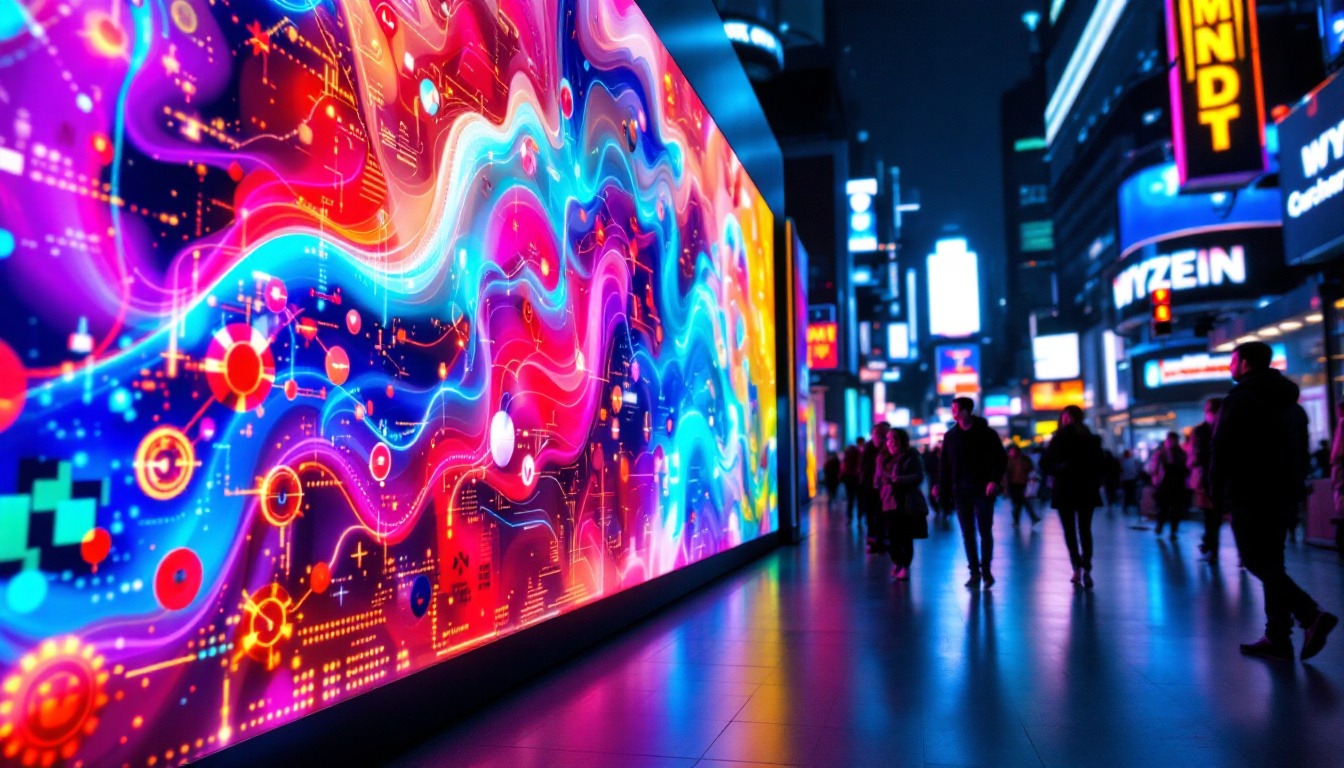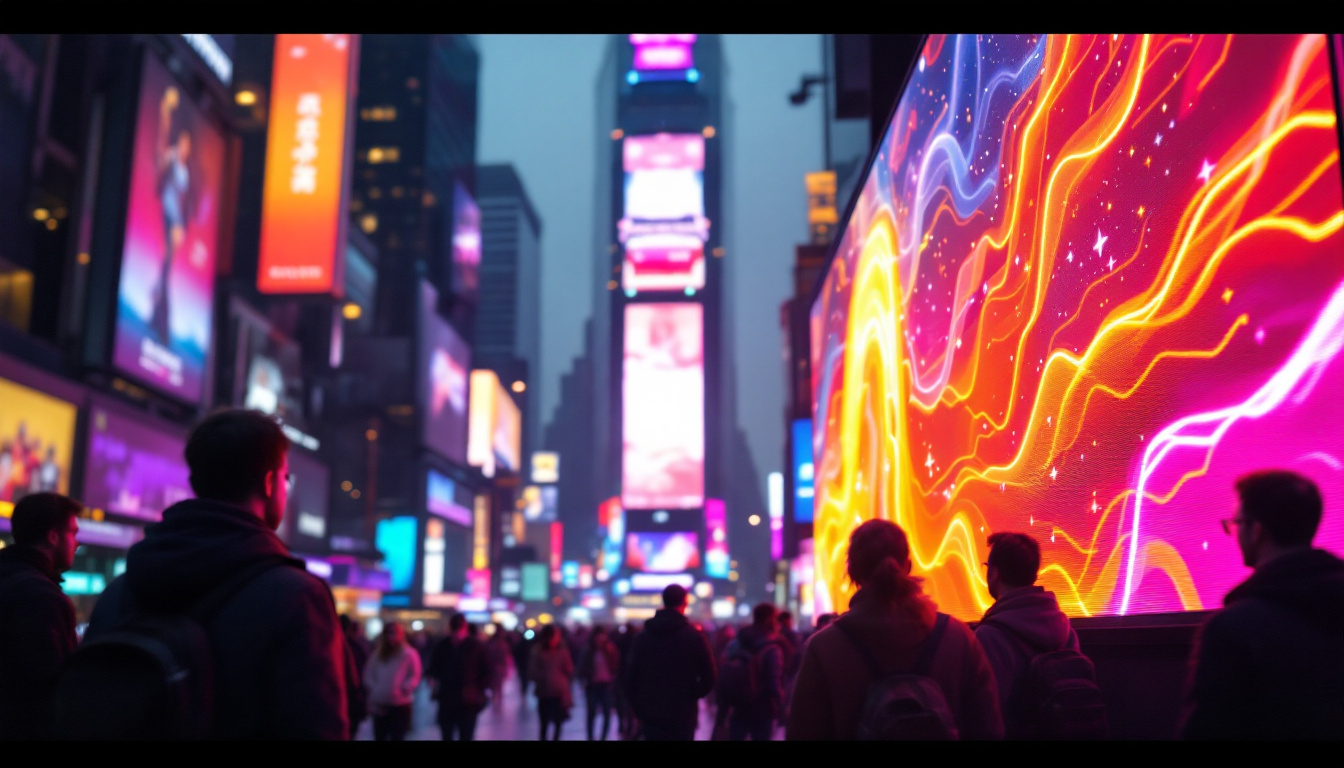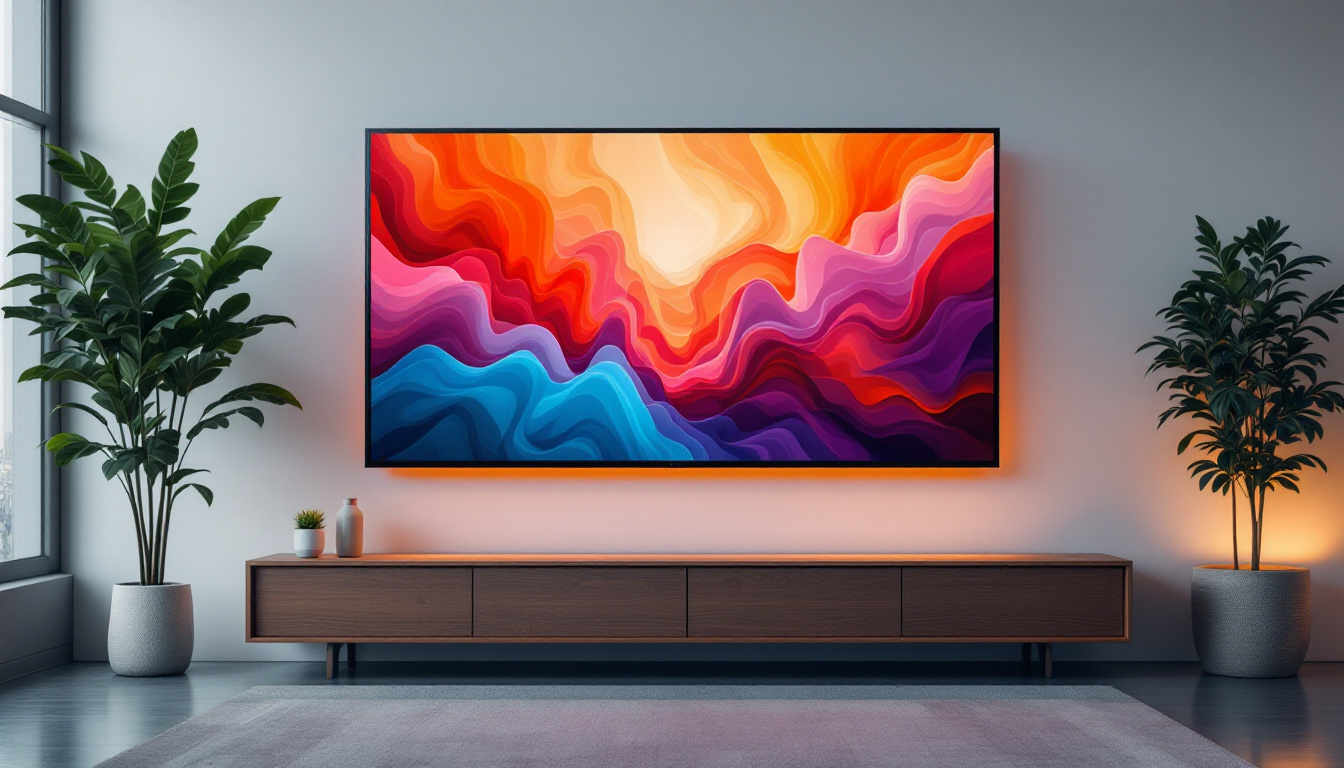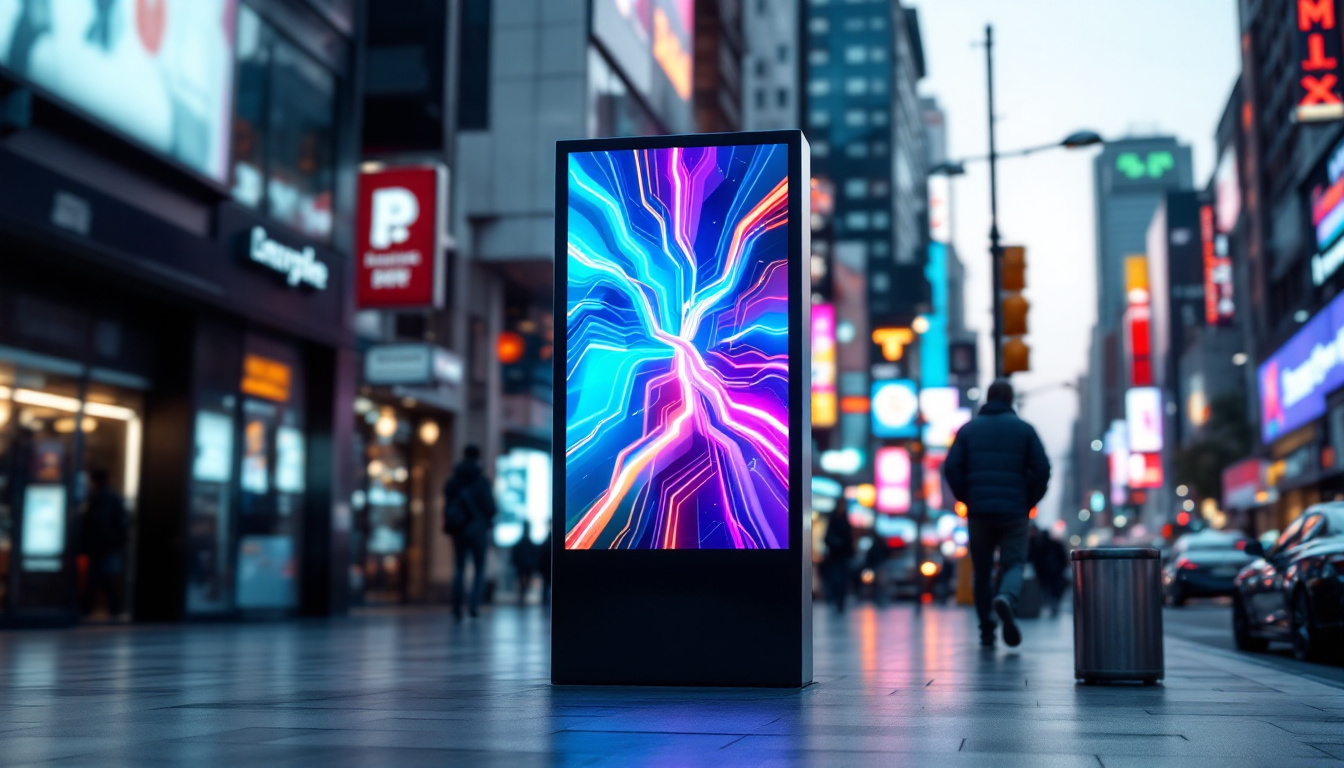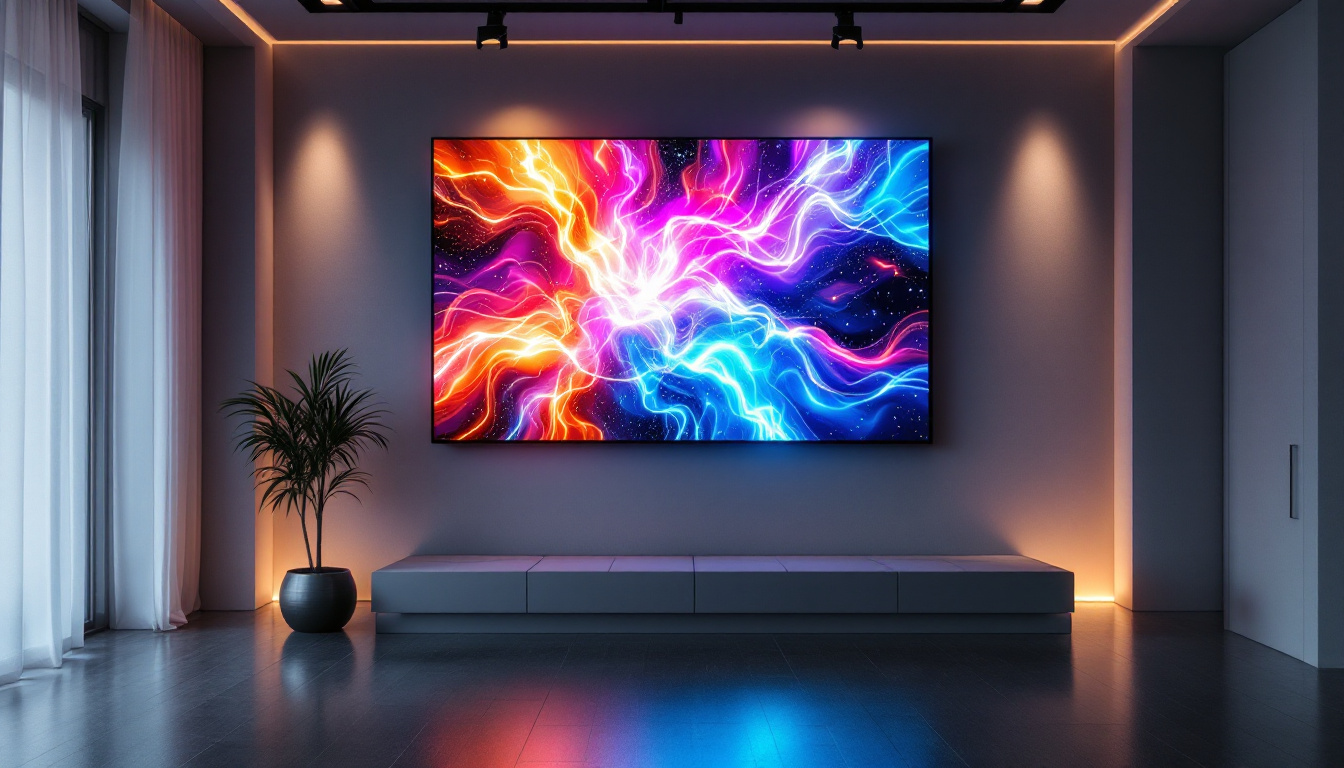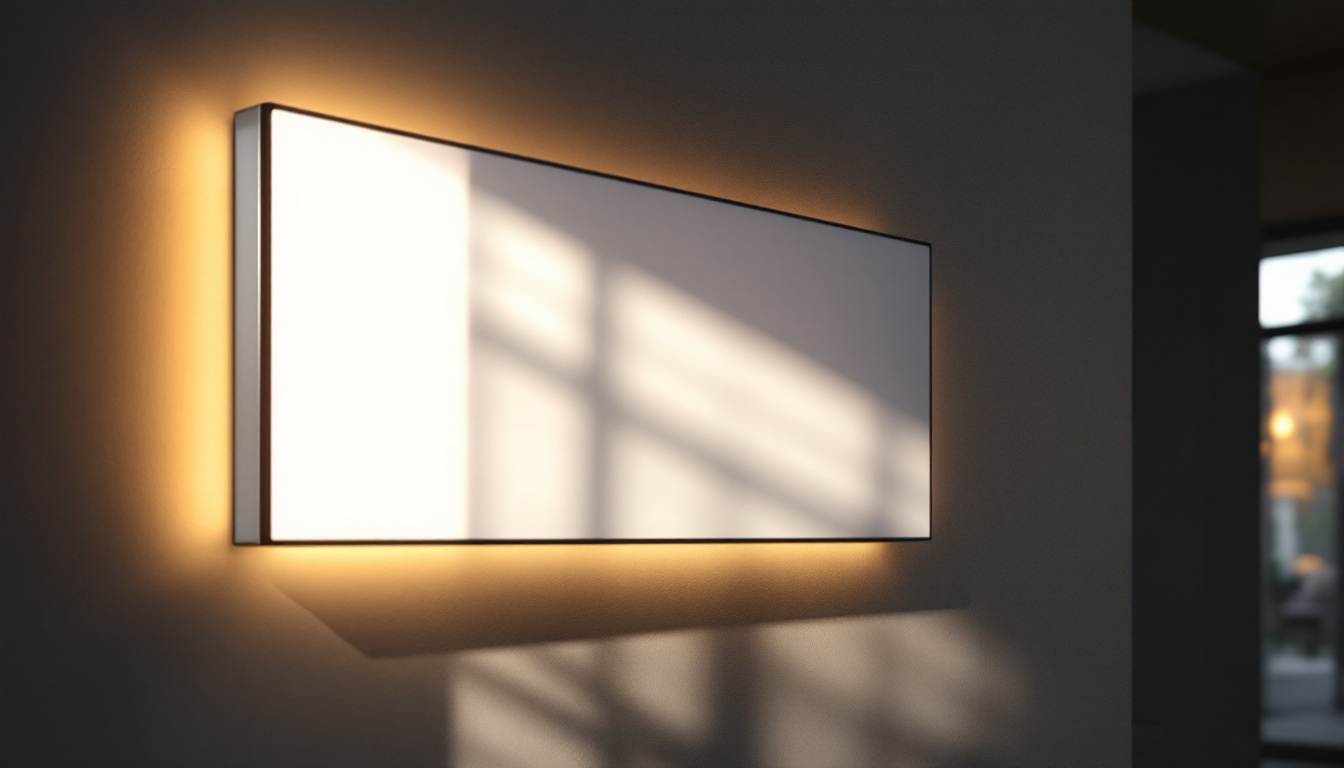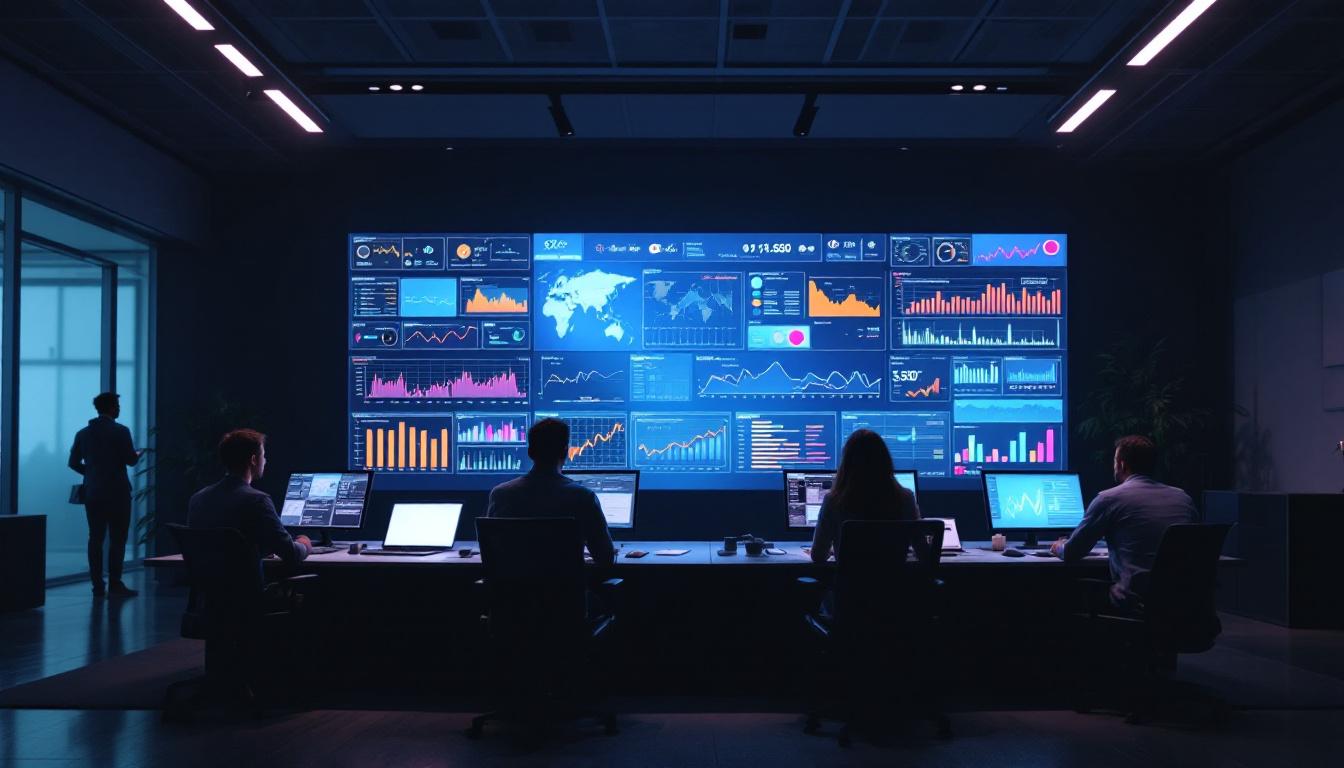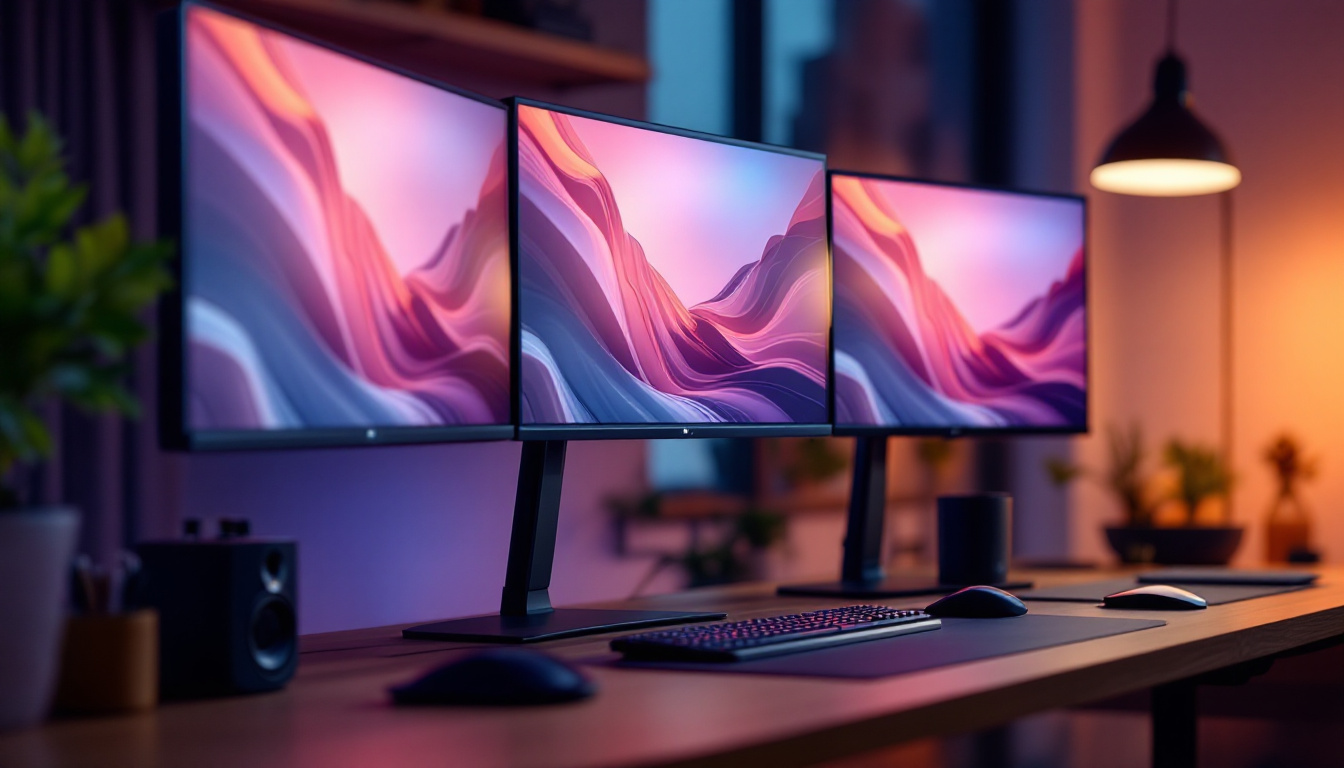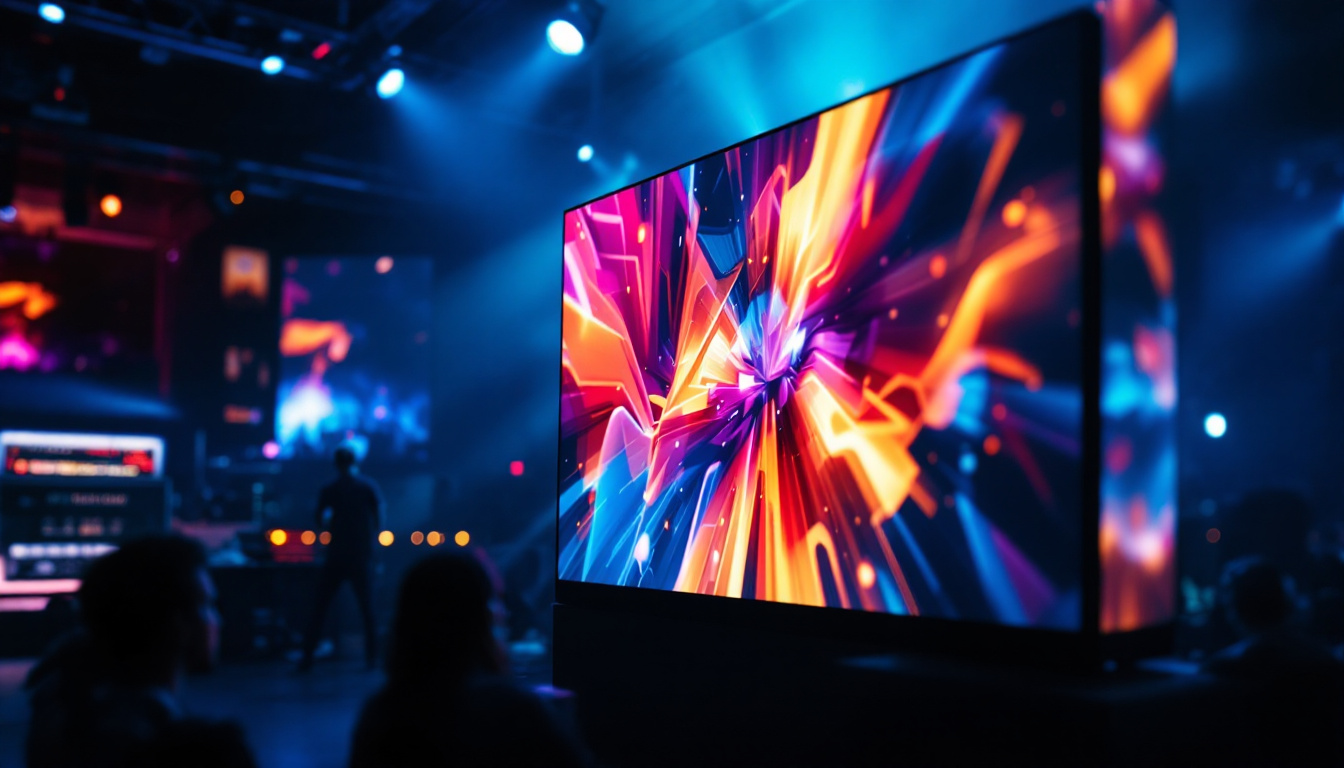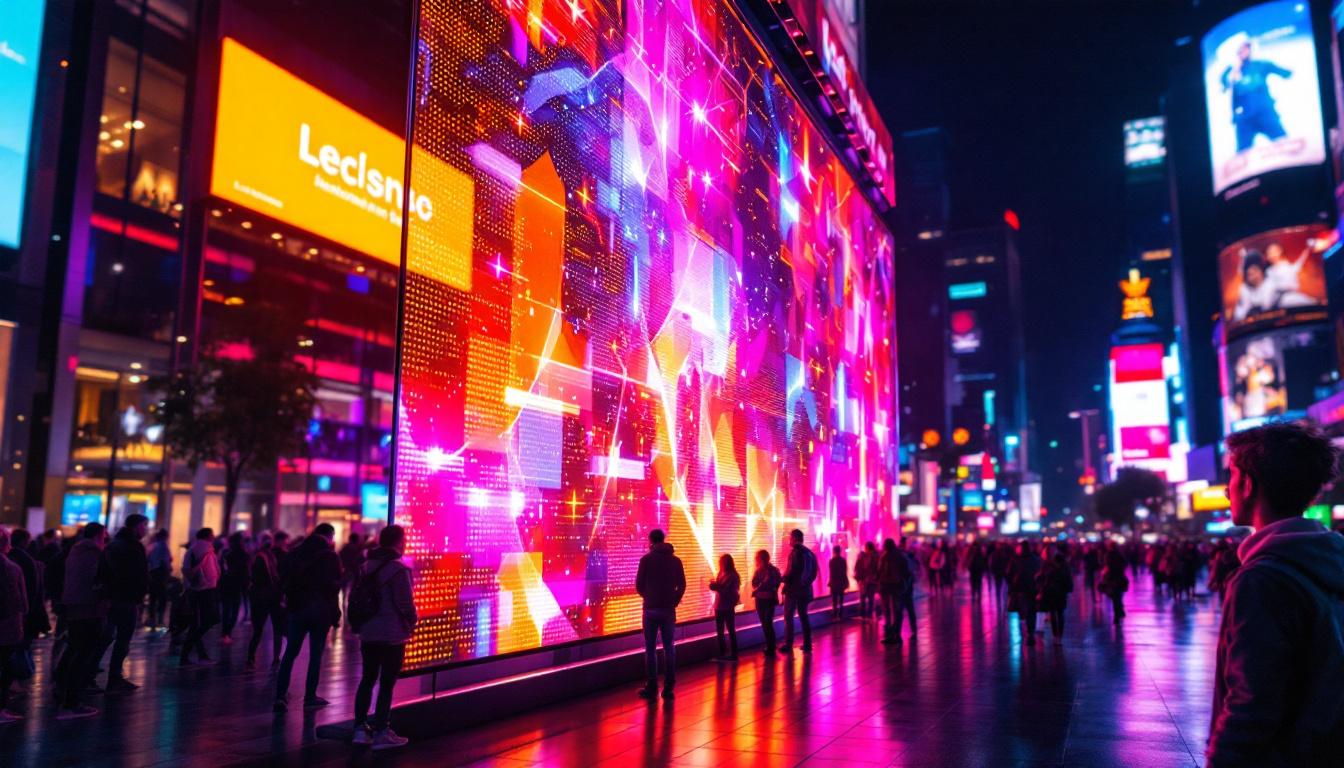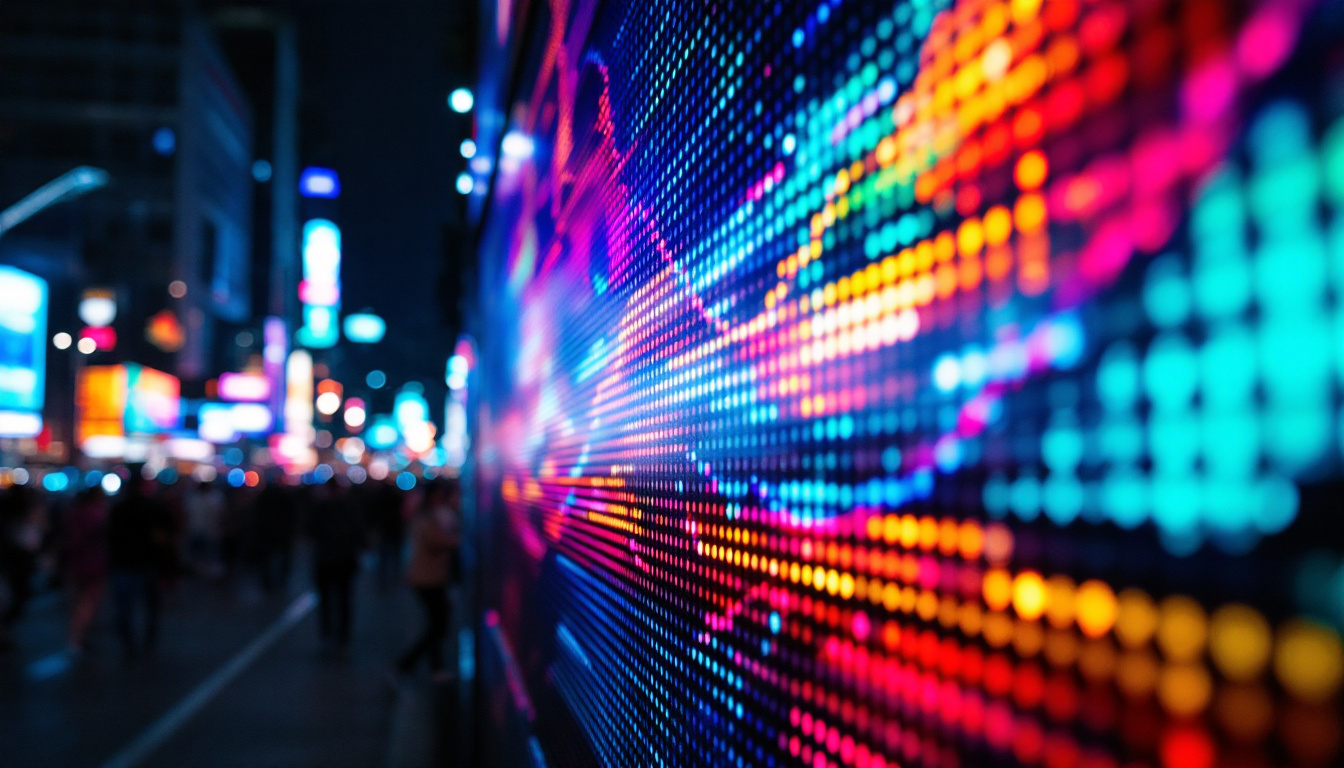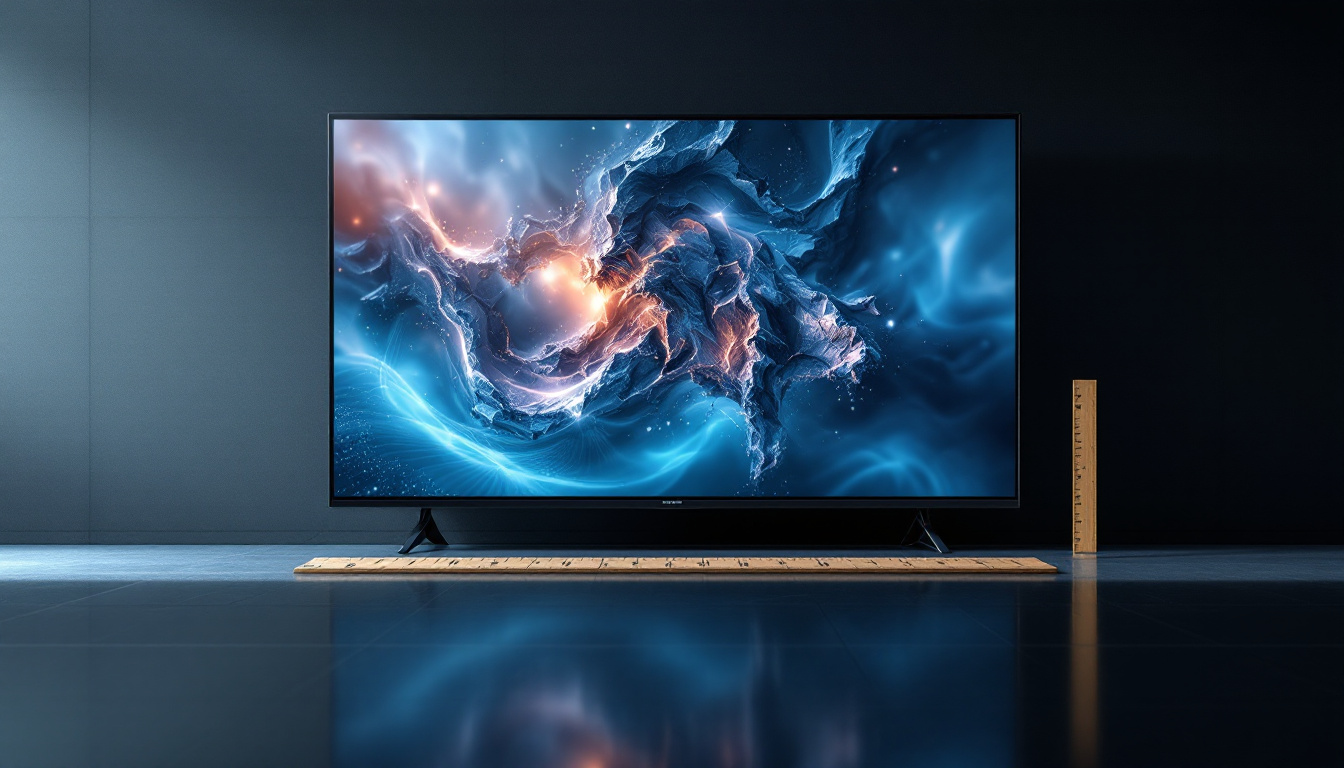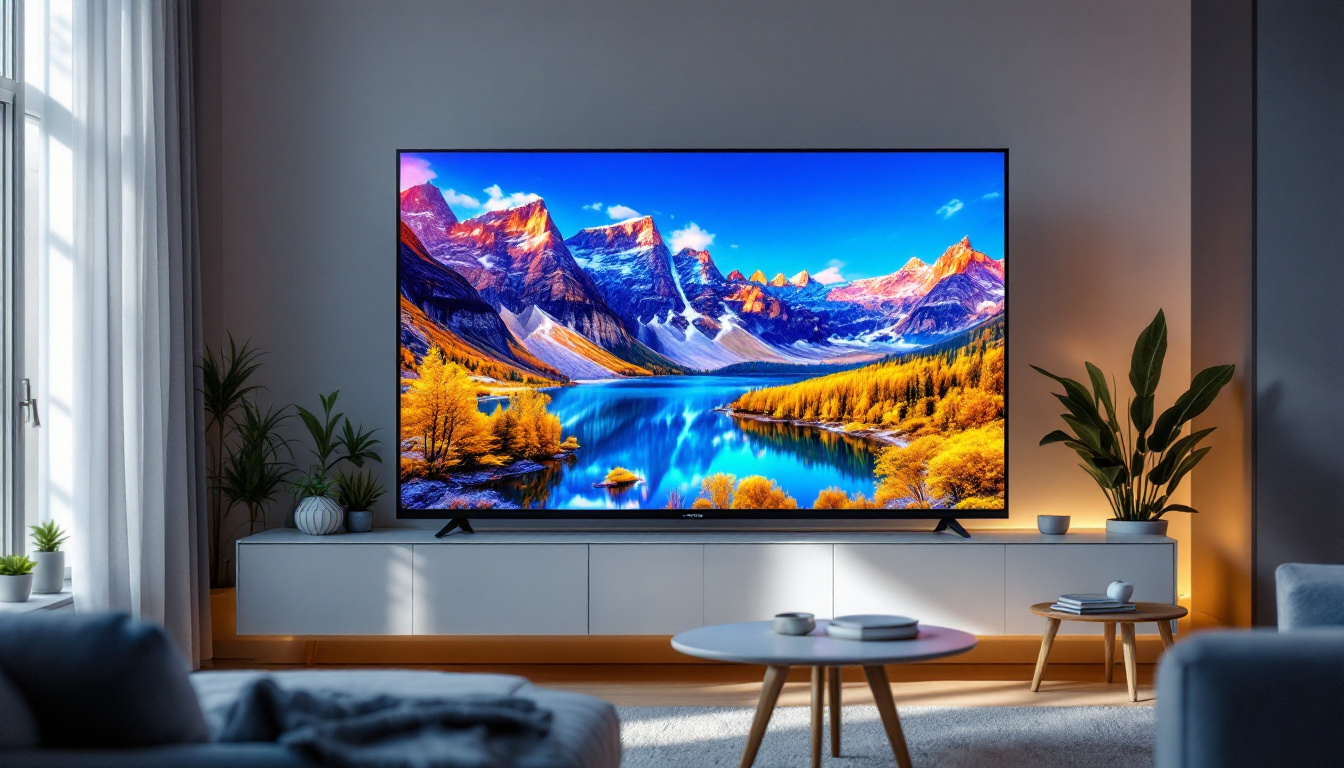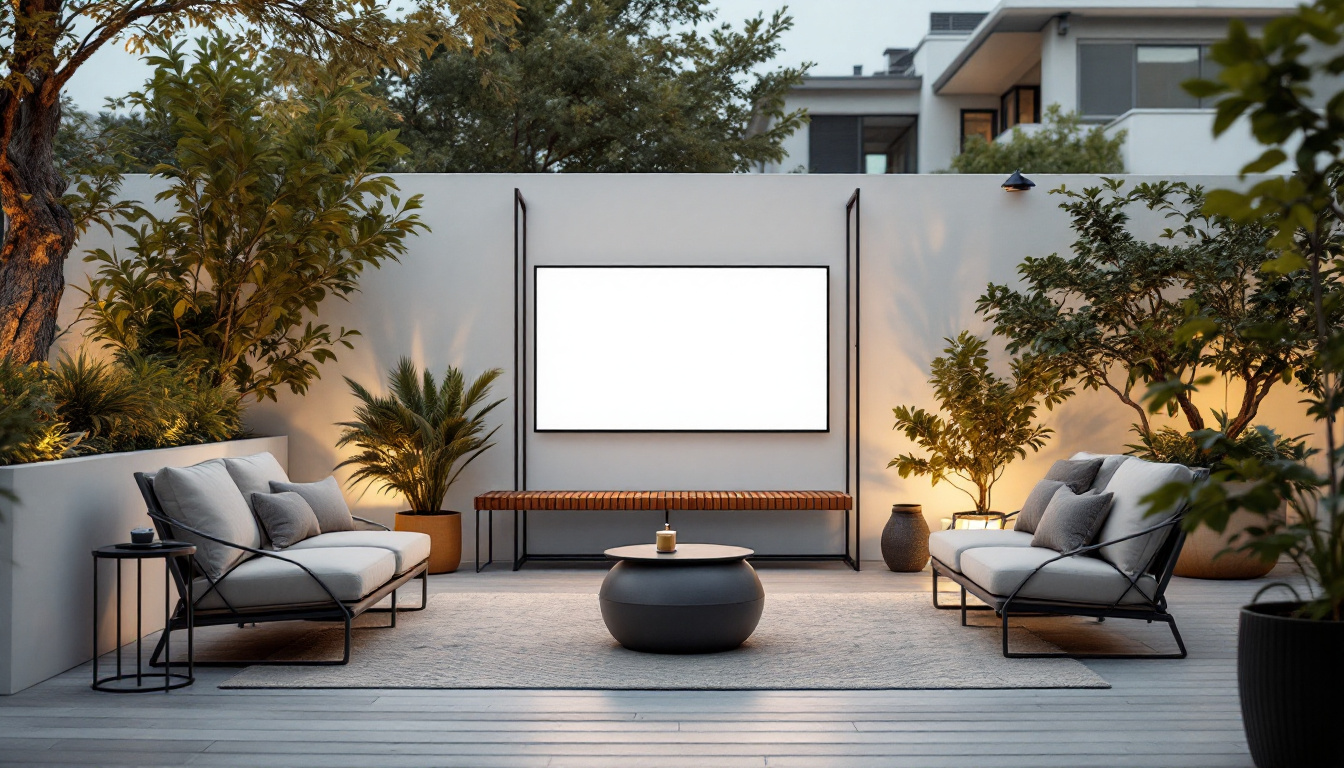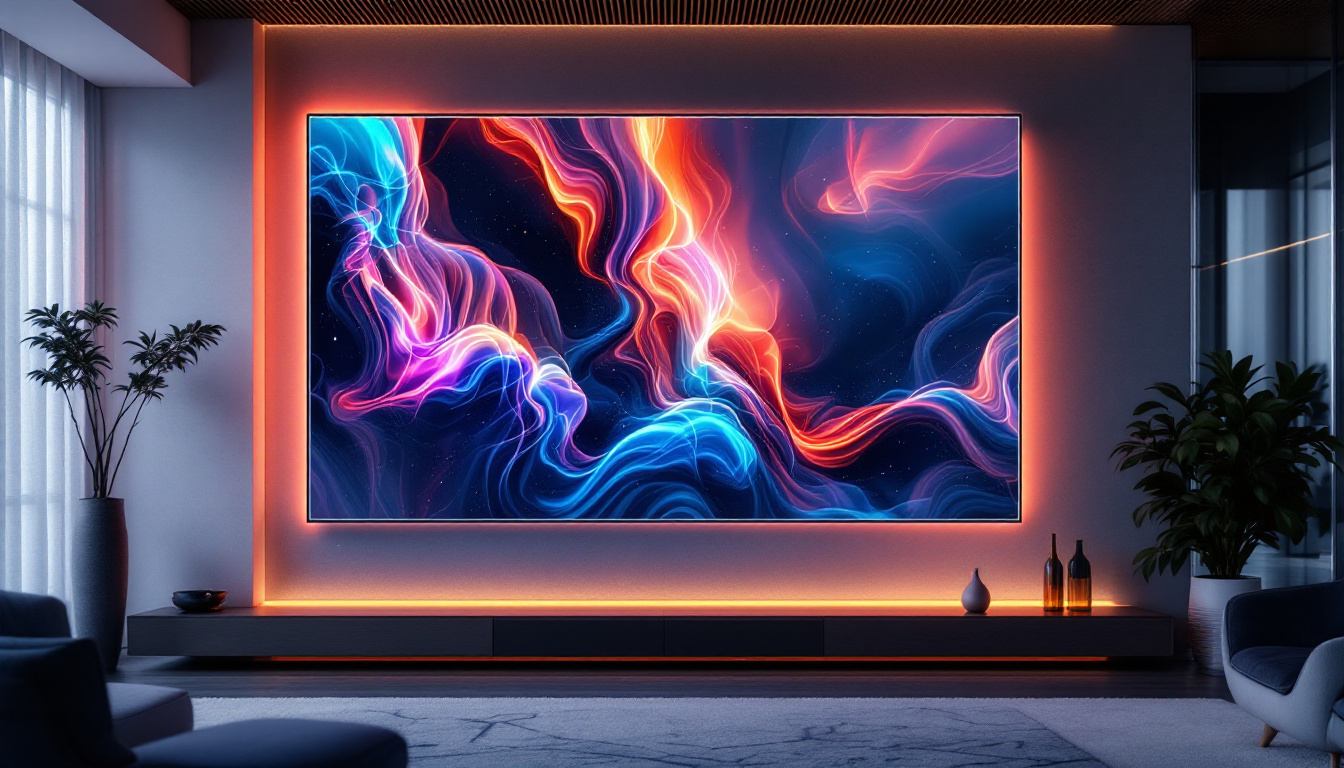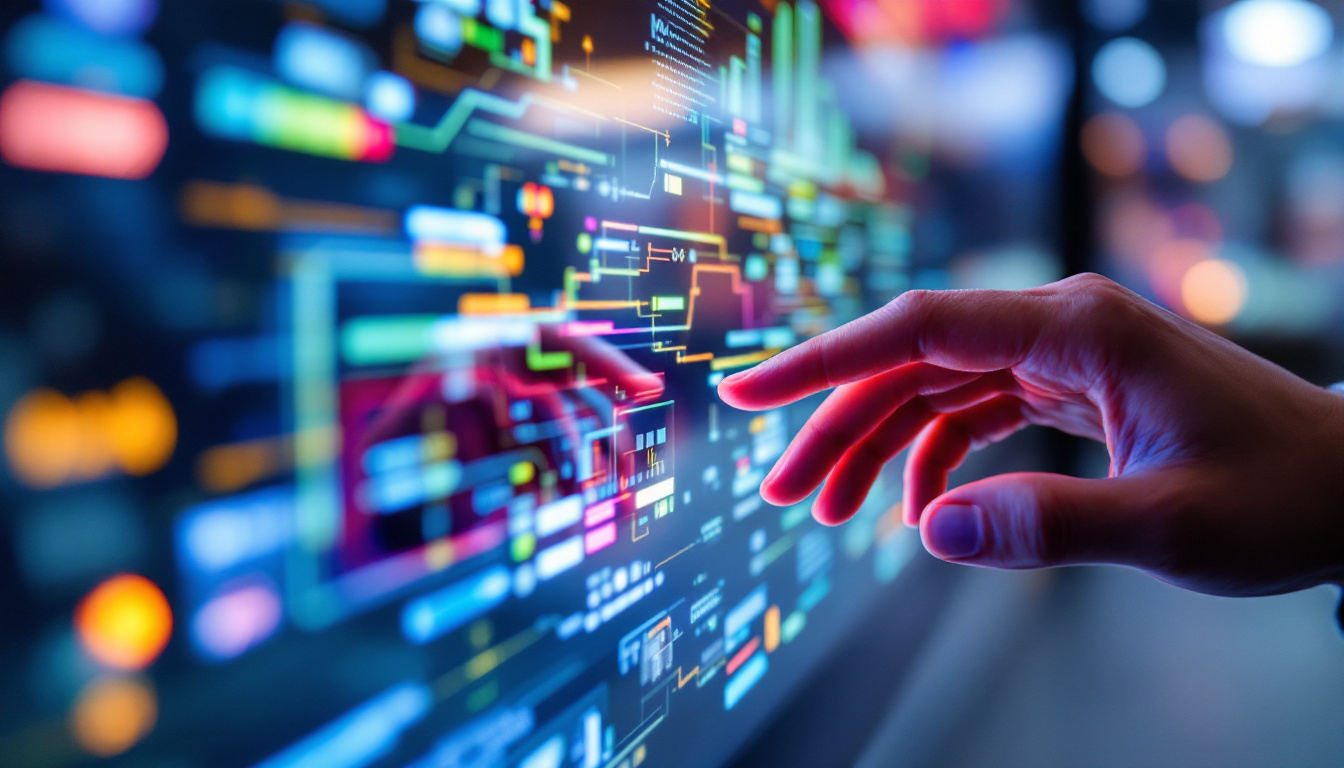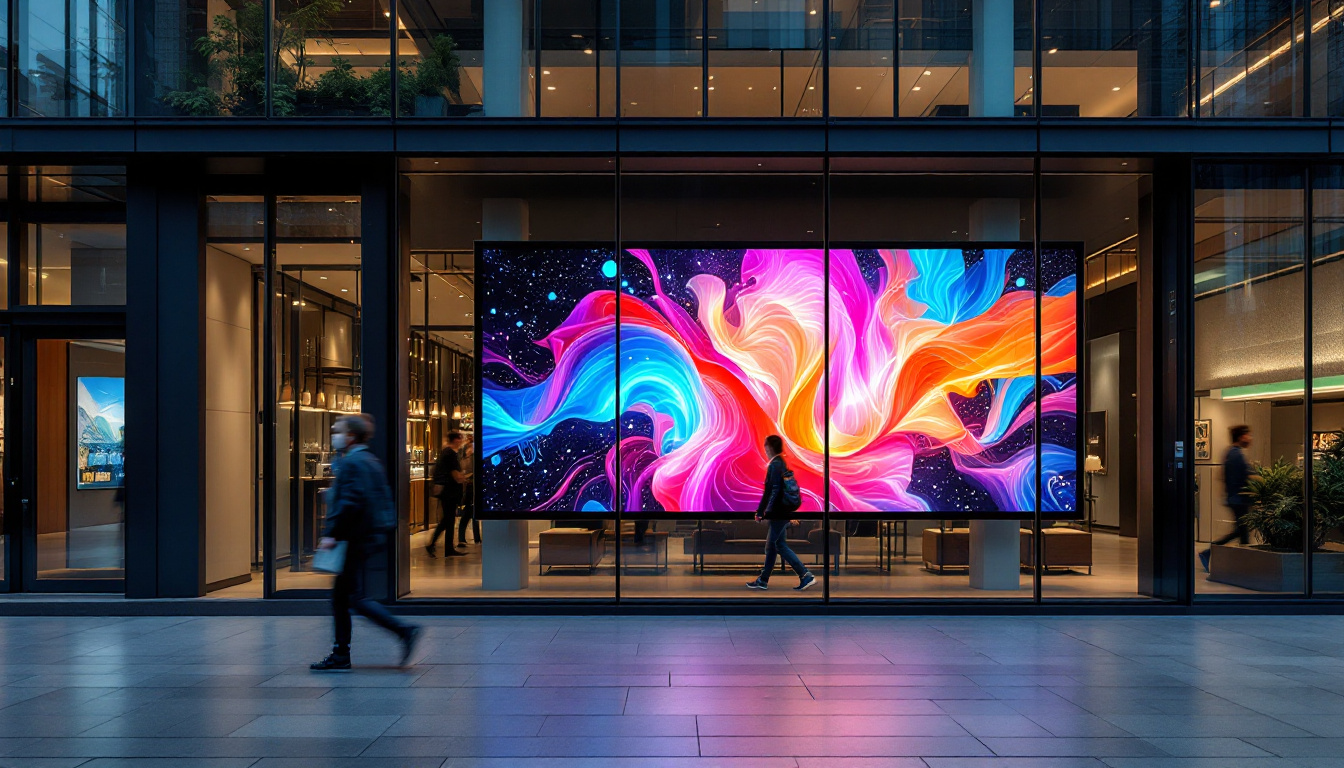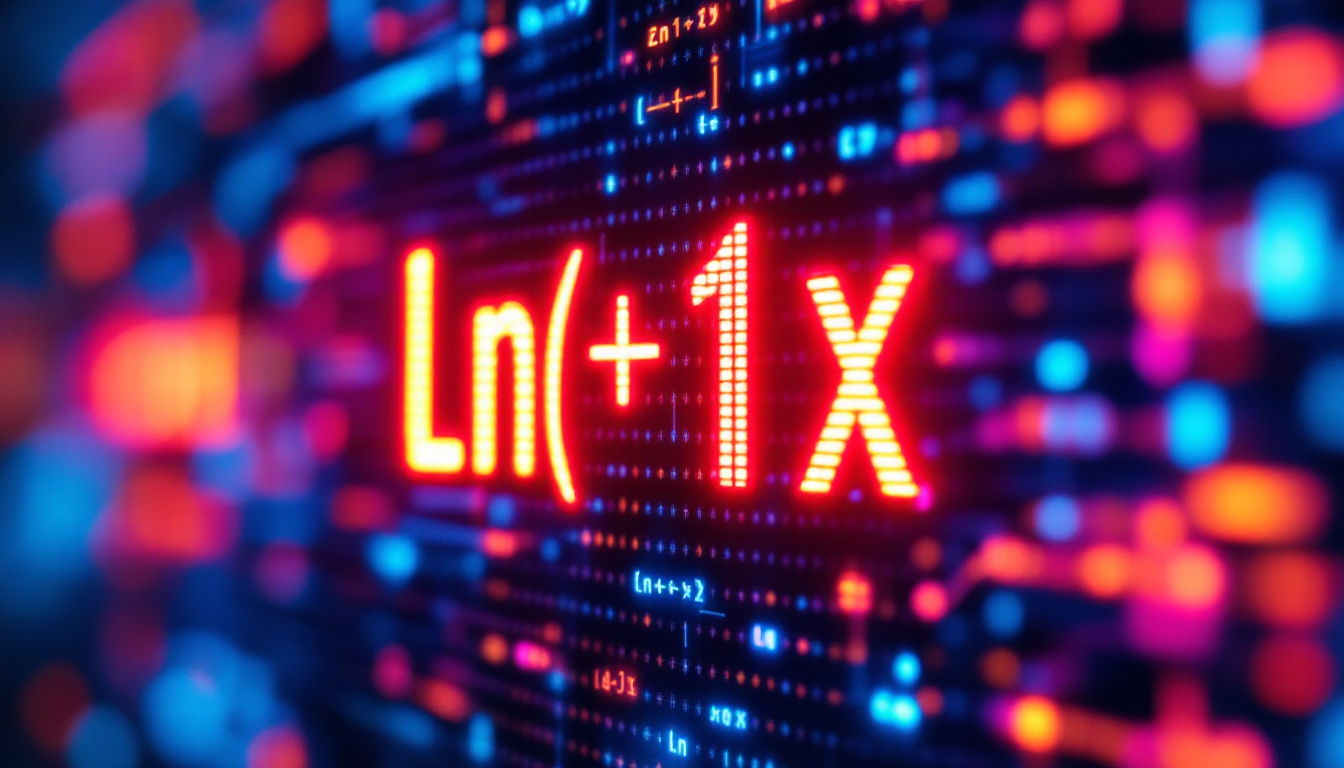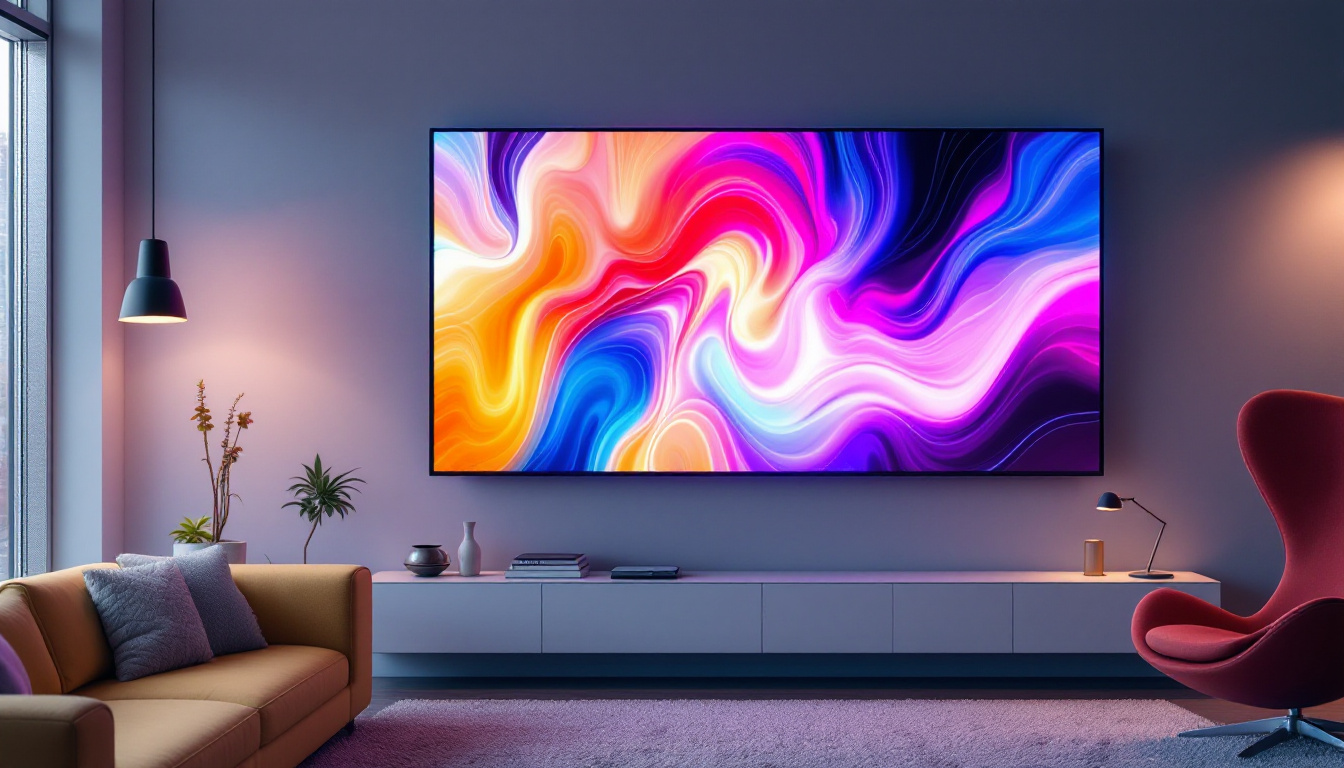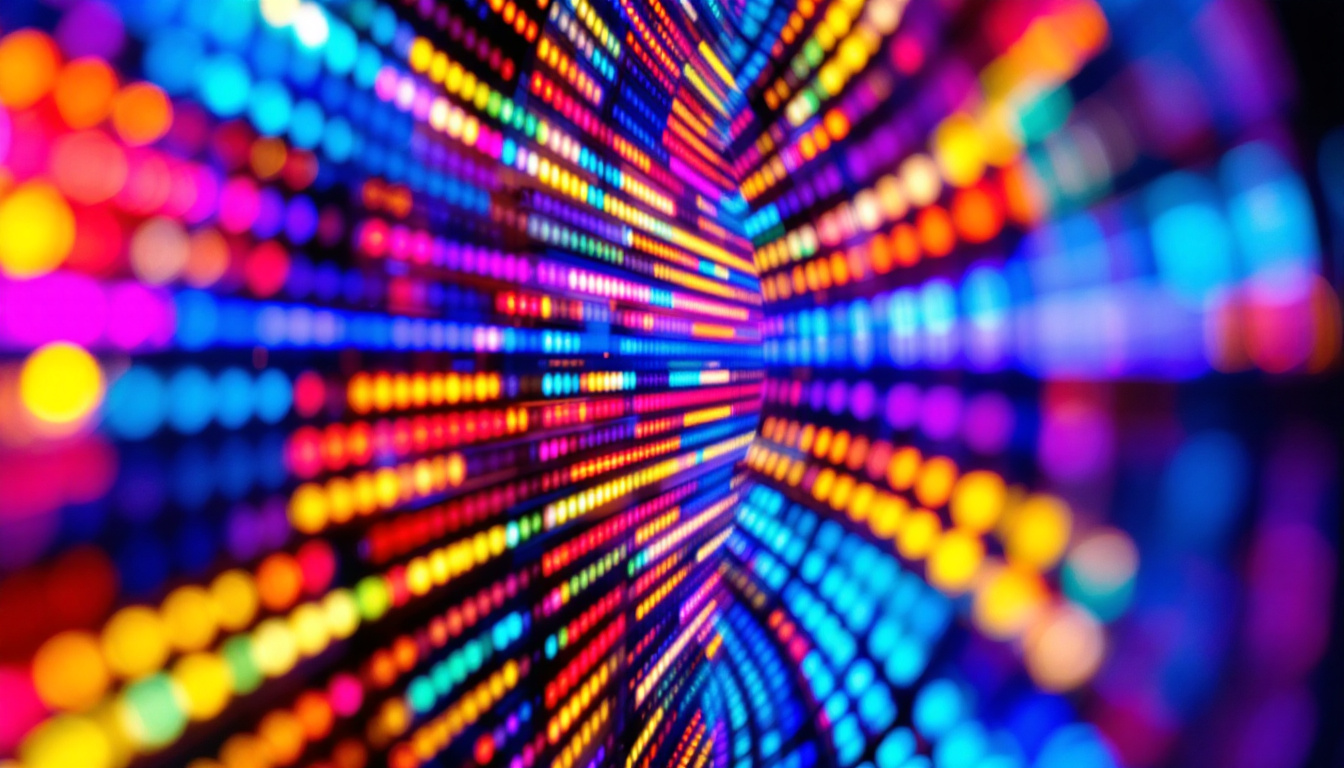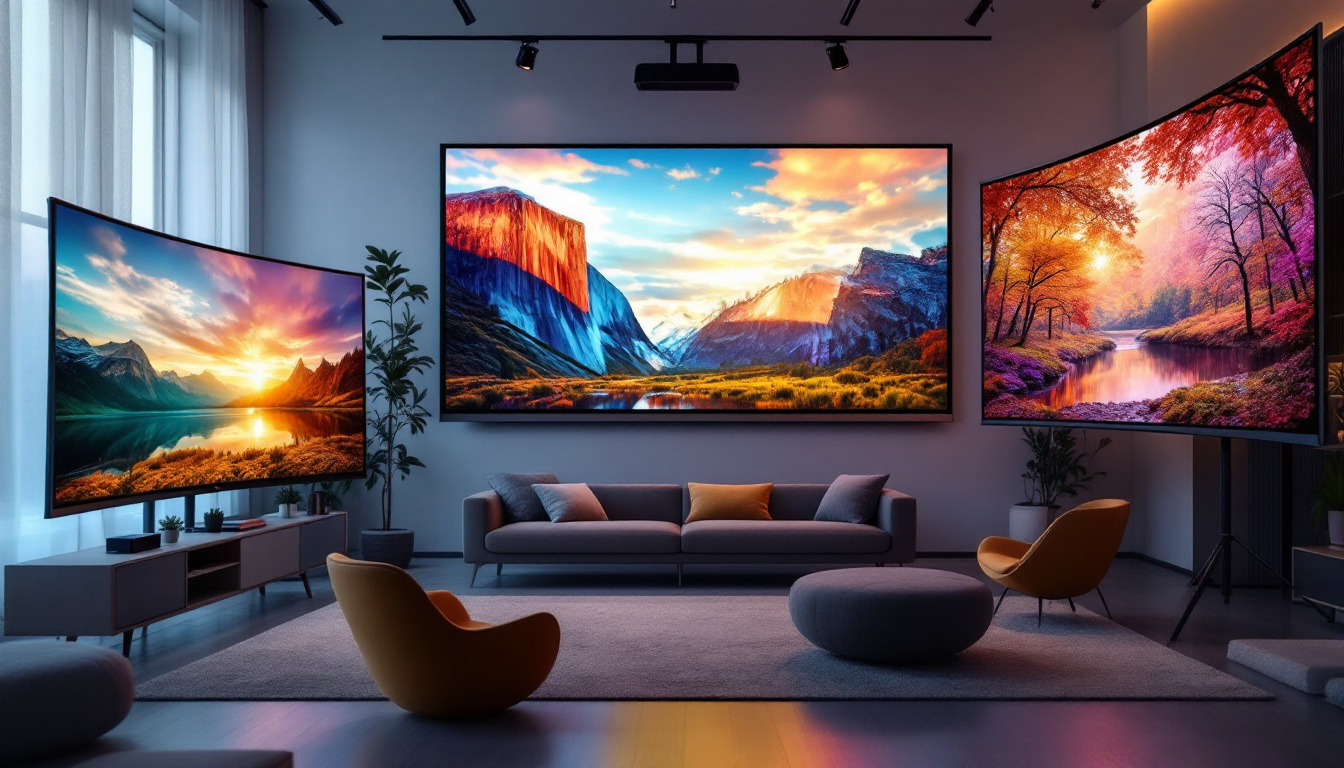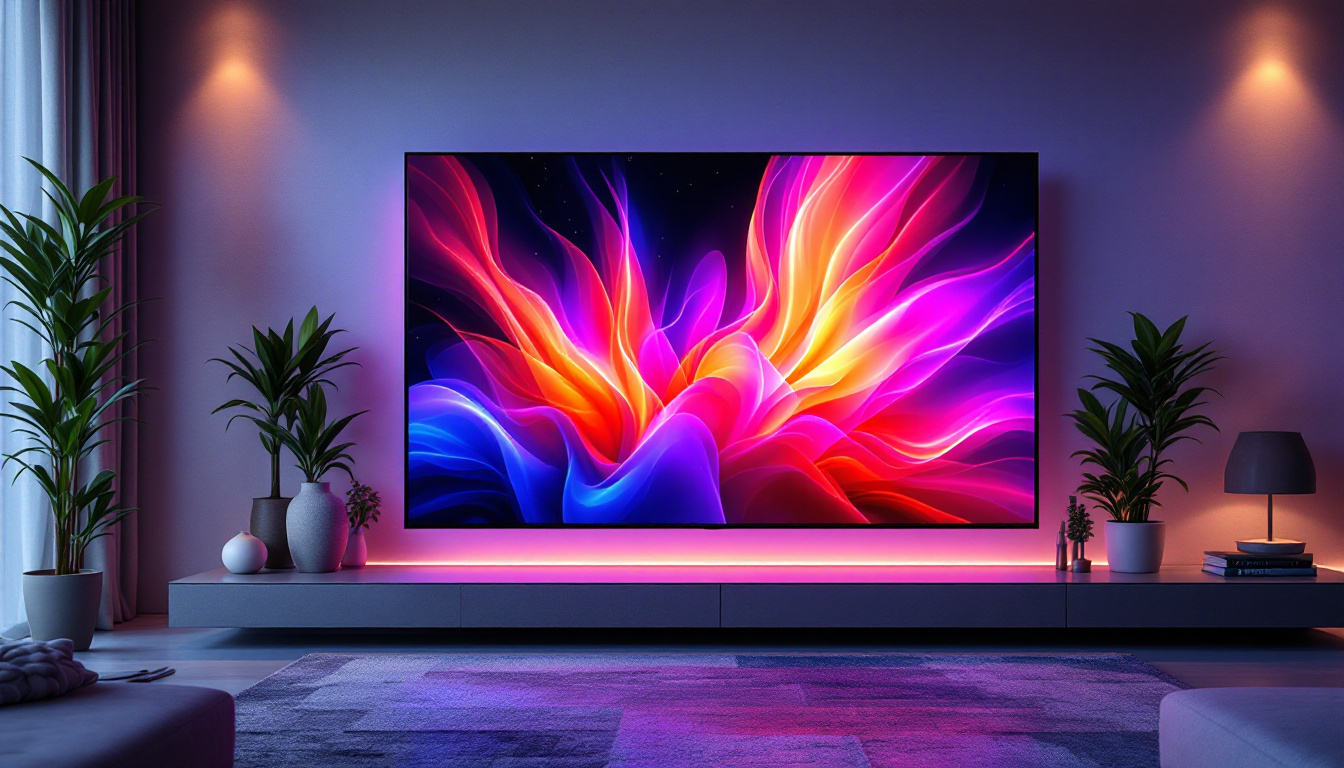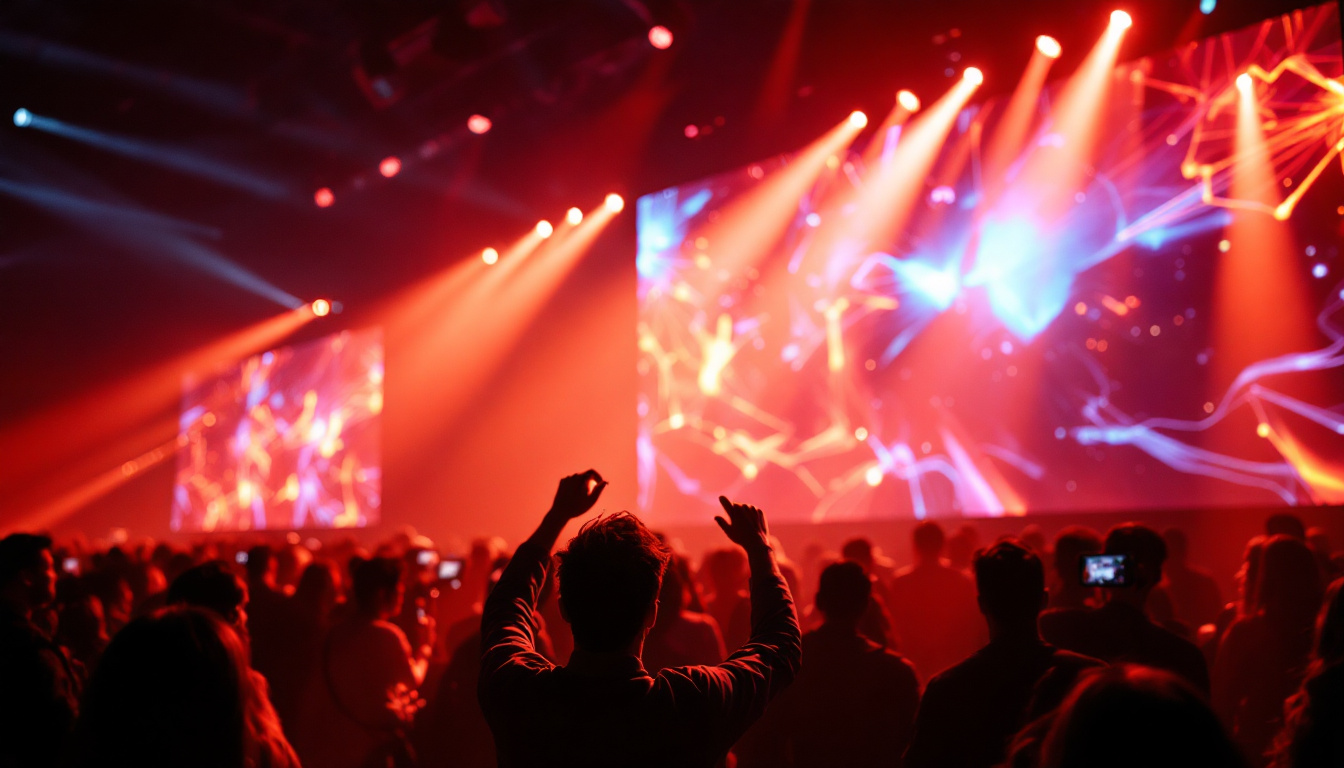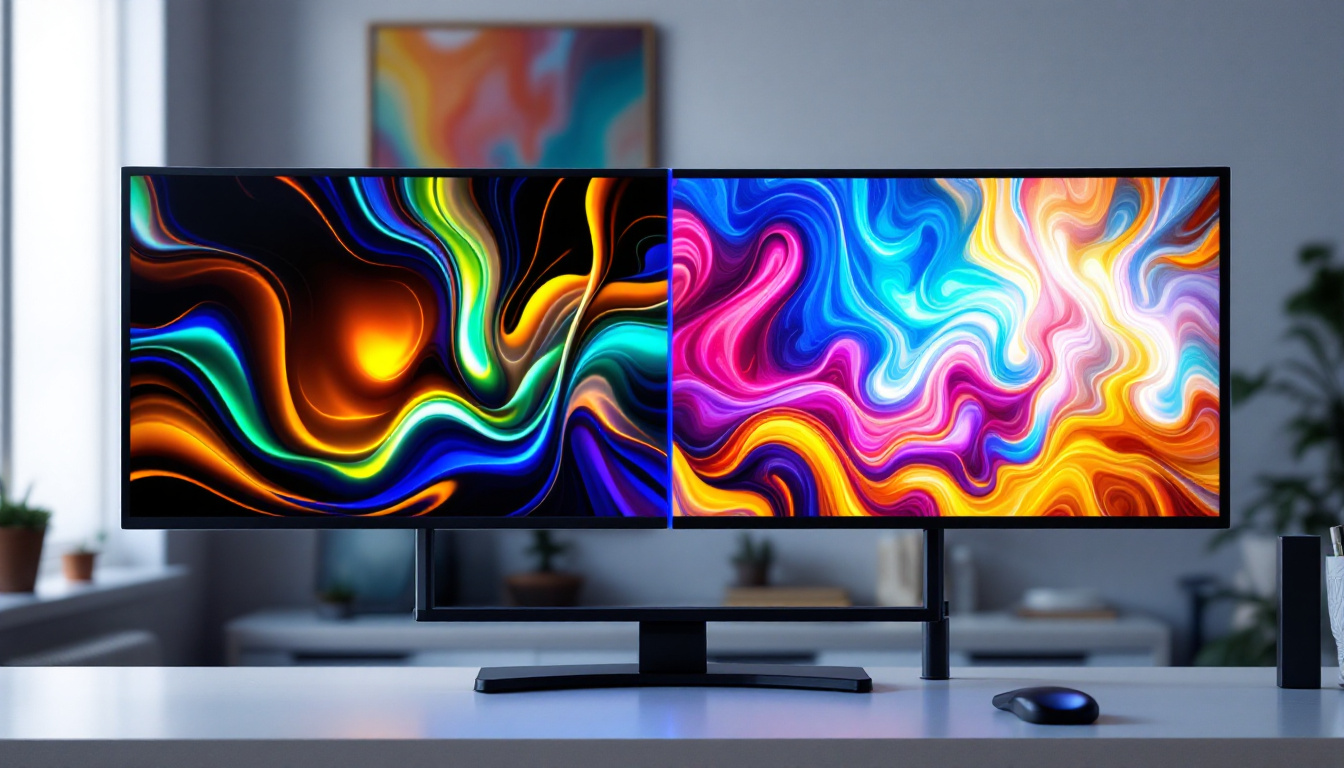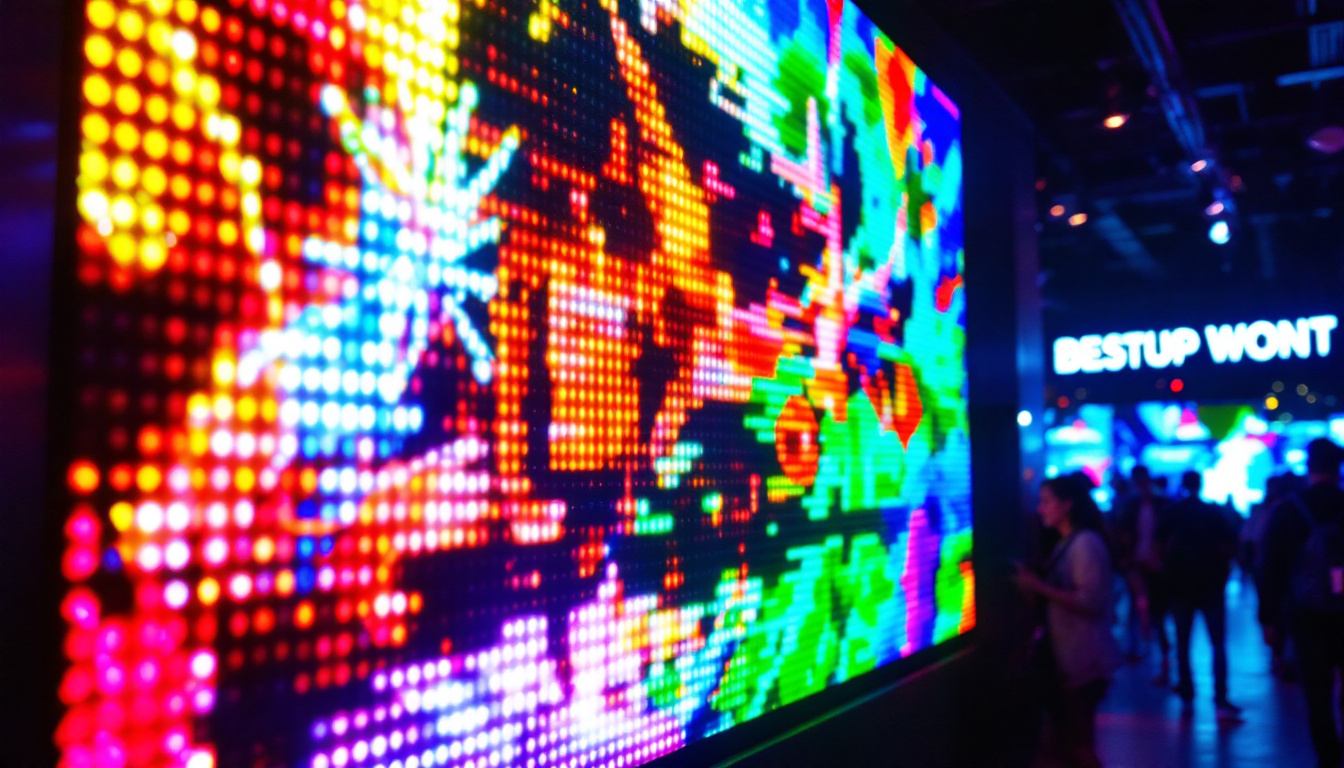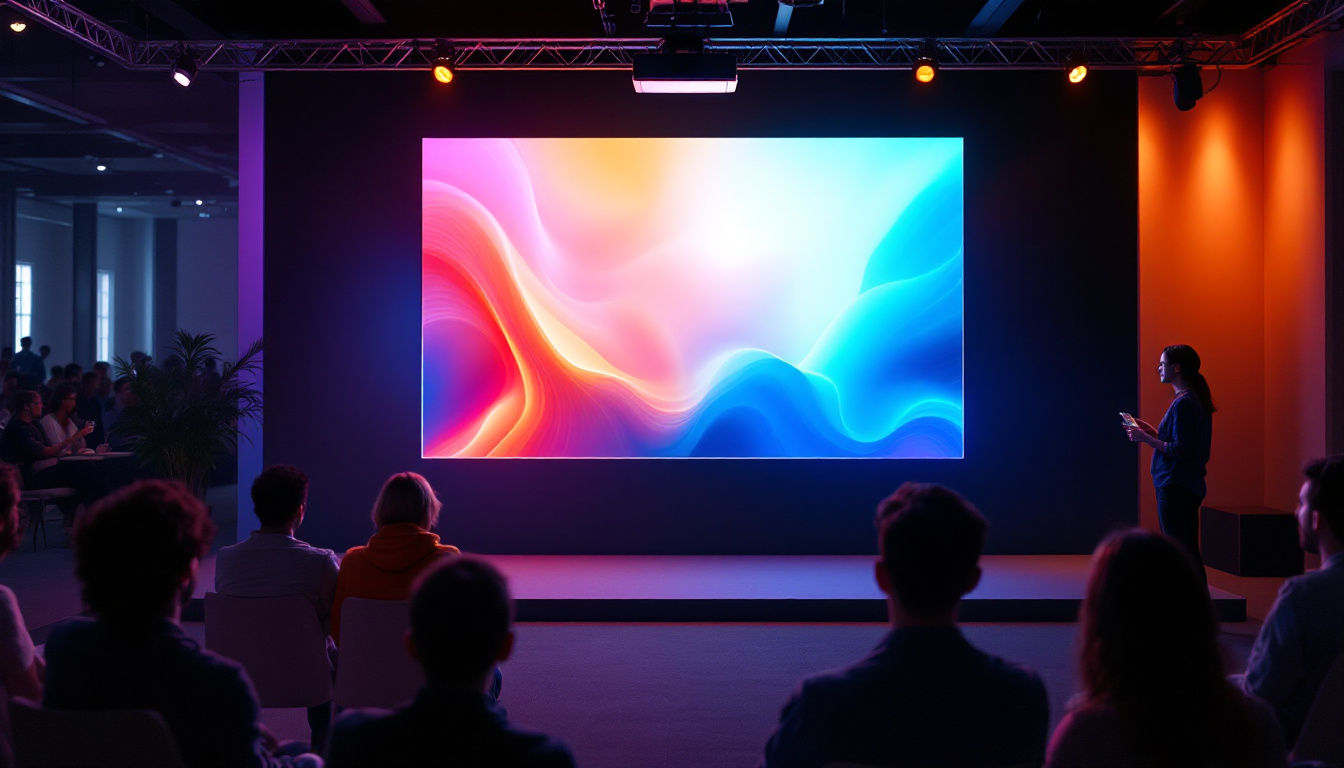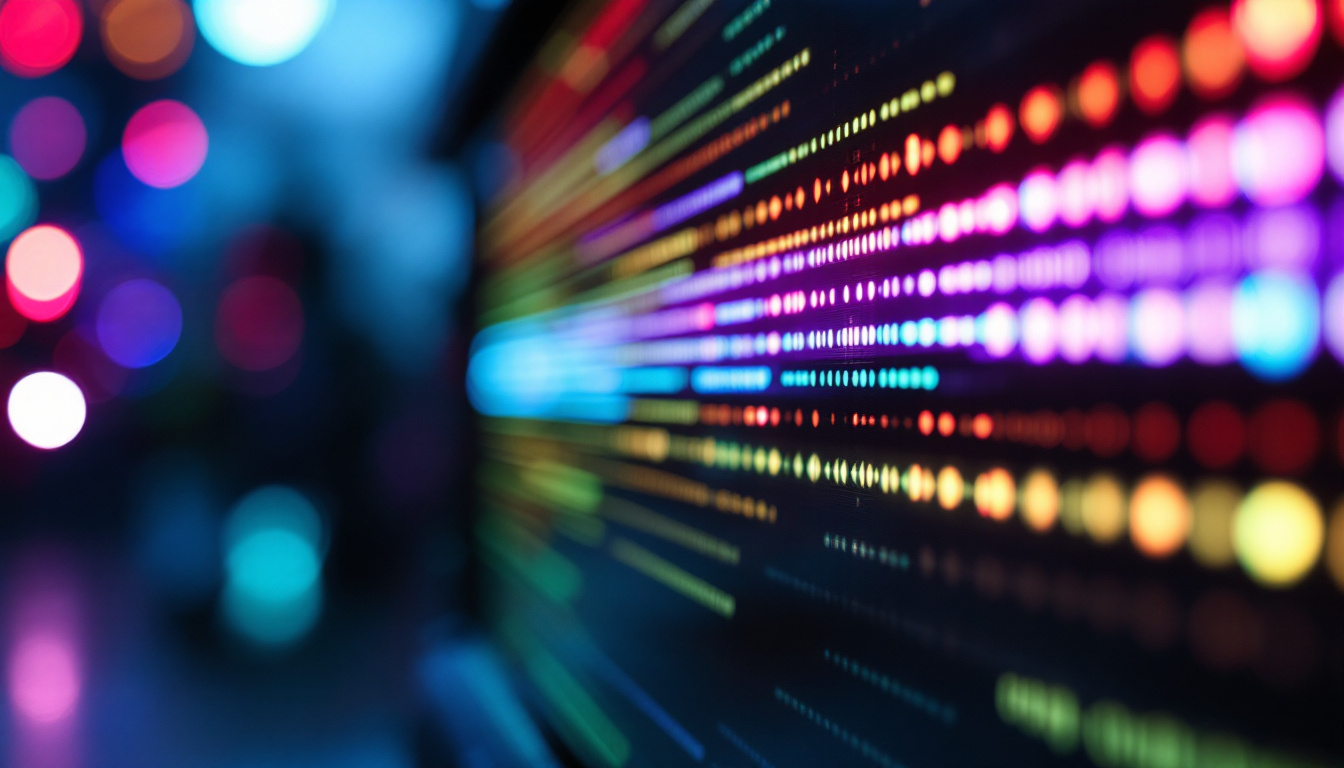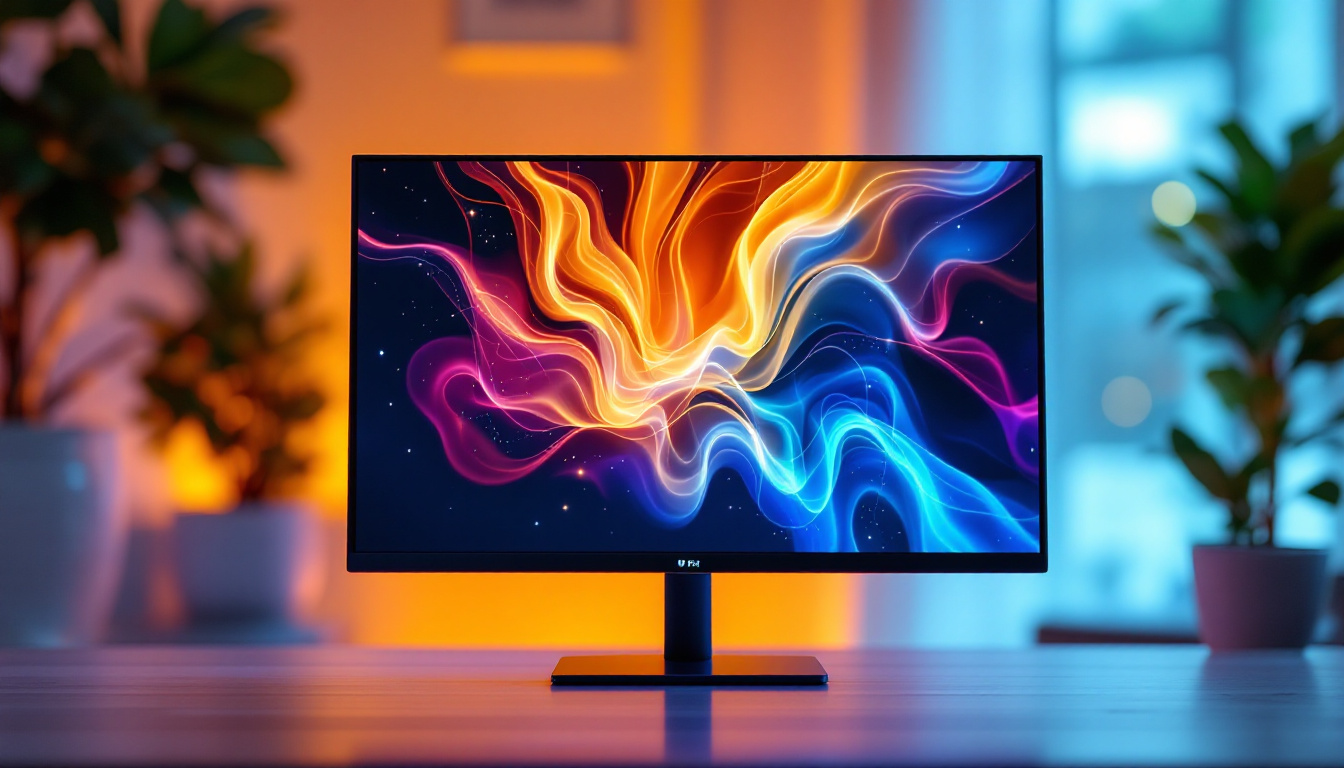In the world of modern technology, LED displays have emerged as a cornerstone of visual communication. From advertising billboards to television screens, their versatility and efficiency have made them a preferred choice across various industries. This article delves into the intricacies of LED displays, exploring their components, functionality, and applications.
Understanding LED Technology
Light Emitting Diodes (LEDs) are semiconductor devices that emit light when an electric current passes through them. Unlike traditional incandescent bulbs, LEDs are more energy-efficient and have a longer lifespan. This efficiency is one of the primary reasons for their widespread adoption in display technology. In fact, LEDs can last up to 25 times longer than incandescent bulbs, significantly reducing the frequency of replacements and contributing to lower maintenance costs. Additionally, their low energy consumption translates to reduced electricity bills, making them an attractive option for both residential and commercial applications.
The Basics of LED Operation
At the heart of an LED display lies the LED itself. When electrons move through the semiconductor material, they release energy in the form of photons, which is perceived as light. The color of the light emitted depends on the materials used in the semiconductor. By combining different colored LEDs, displays can produce a wide spectrum of colors. This ability to mix colors is crucial for applications ranging from simple indicator lights to complex video screens. Moreover, advancements in technology have led to the development of white LEDs, which are created by combining red, green, and blue LEDs or by using phosphor coatings, further expanding their versatility in various lighting and display scenarios.
Types of LED Displays
LED displays come in various types, each suited for specific applications. The most common types include:
- Direct View LED: These displays use individual LEDs to create images. They are often used for large outdoor screens and digital billboards. Their high brightness and visibility make them perfect for advertising in bright sunlight, capturing the attention of passersby effectively.
- LED-backlit LCD: This type combines traditional LCD technology with LED backlighting, enhancing brightness and color accuracy. The use of LEDs as a backlight allows for thinner screens and improved energy efficiency compared to conventional fluorescent backlighting.
- Organic LED (OLED): OLED displays utilize organic compounds to emit light, offering superior contrast and flexibility, making them ideal for smartphones and high-end televisions. The ability of OLEDs to achieve true blacks by turning off individual pixels results in stunning image quality that is highly sought after in modern display technology.
In addition to these common types, there are also specialized LED displays such as MicroLED and MiniLED, which offer even higher resolutions and improved color performance. MicroLED technology uses tiny, microscopic LEDs that can be arranged in various configurations, allowing for seamless, modular displays that can be scaled to any size. MiniLED, on the other hand, enhances traditional LED backlighting by using smaller LEDs for more precise local dimming, resulting in better contrast and HDR performance. These innovations are pushing the boundaries of what is possible in display technology, paving the way for a new generation of visual experiences.
Components of an LED Display
Understanding the components of an LED display is crucial for grasping how they function. Each part plays a significant role in the overall performance and quality of the display. From the individual LEDs to the sophisticated control systems, every element is designed to work in harmony, creating vibrant visuals that capture attention and convey messages effectively.
LED Modules
LED modules are the building blocks of an LED display. Each module contains a matrix of LEDs arranged in rows and columns. These modules can be assembled to create displays of varying sizes and resolutions. The quality of the LEDs used in the modules significantly impacts the brightness and color accuracy of the display. Furthermore, the pixel pitch, which refers to the distance between the centers of two adjacent pixels, is a critical factor in determining the clarity of the image. A smaller pixel pitch results in higher resolution and sharper images, making it ideal for applications where detail is paramount, such as in high-definition video walls or close-viewing environments.
Control Systems
The control system is responsible for managing the display’s content. It receives data from a source, such as a computer or media player, and translates it into signals that the LED modules can understand. Advanced control systems allow for real-time updates and remote management, making them ideal for dynamic advertising and information dissemination. These systems can also incorporate features such as scheduling, where content can be pre-loaded and set to display at specific times, enhancing the versatility of the display. Additionally, some control systems support multiple content formats, enabling the integration of video, images, and text, thus providing a rich multimedia experience.
Power Supply
LED displays require a stable power supply to function efficiently. The power supply converts the electrical current to the appropriate voltage and current levels needed for the LEDs. A reliable power supply ensures consistent performance and longevity of the display. Moreover, modern power supplies often include features such as surge protection and thermal management, which help safeguard the display from electrical fluctuations and overheating. This is particularly important in outdoor installations, where environmental factors can pose additional risks. In some cases, power supplies are designed to be modular, allowing for easy replacement and maintenance, which is essential for minimizing downtime and ensuring the display remains operational for extended periods.
Advantages of LED Displays
LED displays offer numerous advantages over traditional display technologies, making them a popular choice for various applications.
Energy Efficiency
One of the most significant benefits of LED displays is their energy efficiency. They consume significantly less power than traditional displays, leading to lower operating costs. This efficiency is particularly beneficial for large installations, such as outdoor billboards, where energy consumption can be substantial.
Longevity and Durability
LEDs have a much longer lifespan compared to conventional lighting technologies. Most LED displays can last over 100,000 hours, reducing the frequency of replacements and maintenance. Additionally, they are more resistant to shock and temperature variations, making them suitable for outdoor environments.
High Brightness and Contrast
LED displays are known for their high brightness levels, making them easily viewable even in direct sunlight. This quality is essential for outdoor applications, where visibility is crucial. Furthermore, the contrast ratio of LED displays is superior, providing vibrant colors and sharp images that enhance the viewer’s experience.
Applications of LED Displays
The versatility of LED displays allows them to be used in a wide range of applications, from commercial advertising to artistic installations.
Advertising and Marketing
One of the most prominent uses of LED displays is in advertising. Digital billboards, storefront displays, and event signage utilize LED technology to capture the attention of potential customers. The ability to change content quickly and easily makes LED displays a dynamic tool for marketers.
Entertainment and Events
In the entertainment industry, LED displays play a vital role in concerts, festivals, and sporting events. Large LED screens are used to broadcast performances, provide information, and enhance the overall experience for attendees. Their ability to display high-resolution images and videos makes them ideal for such settings.
Information and Transportation
LED displays are also widely used in transportation systems, such as airports and train stations, to provide real-time information to travelers. Arrival and departure boards, wayfinding signs, and safety announcements are commonly displayed using LED technology, ensuring that information is clear and easily readable.
Future Trends in LED Display Technology
The LED display industry continues to evolve, with advancements in technology paving the way for new possibilities. Several trends are shaping the future of LED displays.
MicroLED Technology
MicroLED technology represents a significant leap forward in display quality. By utilizing tiny micro-sized LEDs, this technology offers improved resolution and color accuracy while maintaining energy efficiency. MicroLED displays are expected to become more prevalent in consumer electronics, particularly in televisions and smartphones.
Flexible and Transparent Displays
As demand for innovative designs grows, flexible and transparent LED displays are gaining traction. These displays can be bent or shaped to fit various surfaces, opening up new possibilities for creative applications in architecture and advertising. Transparent displays allow for visibility of objects behind the screen, creating unique visual experiences.
Integration with Smart Technology
The integration of LED displays with smart technology is another trend to watch. As the Internet of Things (IoT) continues to expand, LED displays can be connected to networks, enabling real-time data sharing and interactive experiences. This integration enhances the functionality of displays in various environments, from retail to smart cities.
Challenges Facing LED Display Technology
Despite the numerous advantages of LED displays, there are challenges that the industry must address to ensure continued growth and innovation.
Cost Considerations
While the prices of LED technology have decreased over the years, initial investment costs for high-quality LED displays can still be substantial. This can deter smaller businesses from adopting the technology, limiting its widespread use. Finding cost-effective solutions without compromising quality remains a challenge.
Environmental Impact
As with any technology, the environmental impact of LED displays is a concern. The production and disposal of electronic components can contribute to electronic waste. Manufacturers are increasingly focusing on sustainable practices, such as using recyclable materials and reducing energy consumption during production.
Competition from Alternative Technologies
The LED display market faces competition from alternative technologies, such as LCD and projection systems. While LEDs offer distinct advantages, continuous innovation in these competing technologies can pose challenges. Staying ahead of the curve requires ongoing research and development to maintain a competitive edge.
Conclusion
LED displays have revolutionized the way information is communicated visually. Their energy efficiency, longevity, and versatility make them an invaluable tool across various industries. As technology continues to advance, LED displays will likely become even more integrated into everyday life, enhancing how messages are conveyed and experienced.
Understanding the components, advantages, and applications of LED displays is essential for anyone looking to navigate this dynamic field. As the industry evolves, staying informed about emerging trends and challenges will be crucial for leveraging the full potential of LED technology.
Discover the Future of Visual Communication with LumenMatrix
Ready to elevate your visual messaging with the latest in LED display technology? Look no further than LumenMatrix, where innovation meets impact. From mesmerizing Indoor and Outdoor LED Wall Displays to versatile solutions like Vehicle LED Displays, LED Posters, and even Custom LED options, LumenMatrix offers a comprehensive range of products designed to captivate and engage your audience. Embrace the future of visual communication and check out LumenMatrix LED Display Solutions today to transform your brand’s visibility and create unforgettable experiences.

